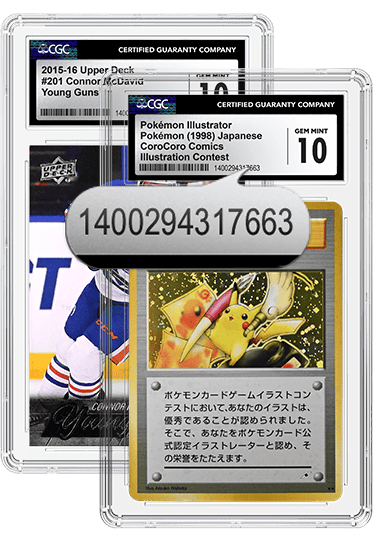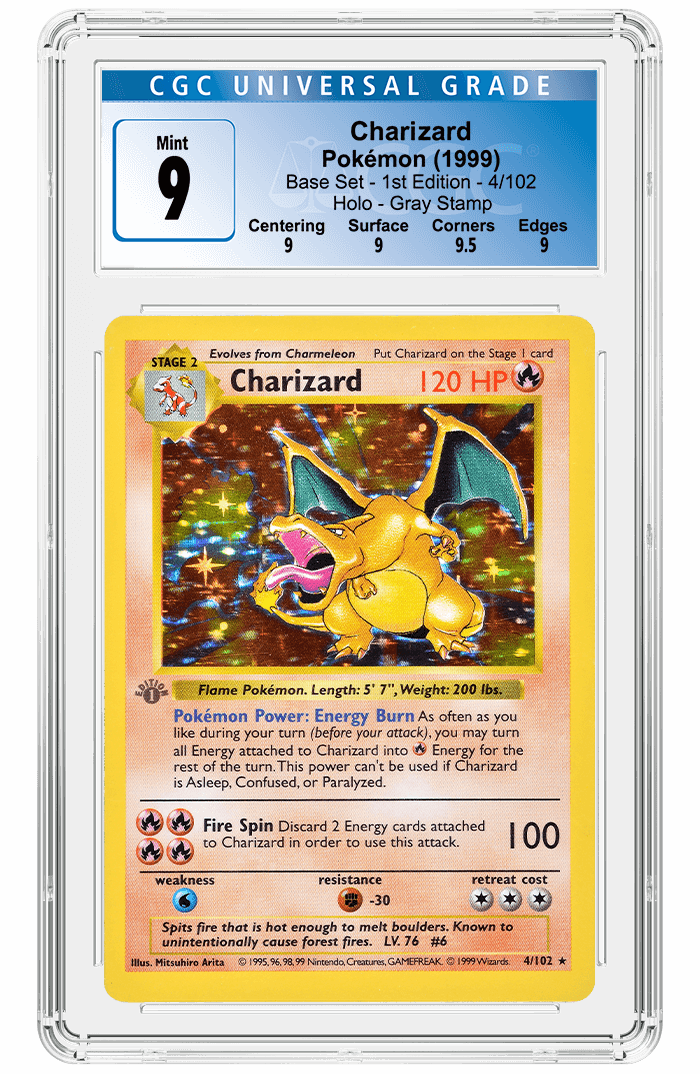Counterfeit Card Alert: 1916 M101-5 Sporting News #151 Babe Ruth Rookie Card
Posted on 9/7/2023
A Babe Ruth rookie card is on most baseball card collectors' wish lists. Besides a higher grade, what else could possibly enhance a Ruth rookie card? Only a rookie card with a rare back could do that. But with popularity and rarity come counterfeits. Without a doubt, Ruth rookie cards are on the top 10 list of the most counterfeited cards in the hobby.
Here is a card that is supposed to be a 1916 M101-5 Sporting News #151 Babe Ruth with a Holmes to Homes back. M101-4/5 cards were produced by Felix Mendelsohn and distributed with a number of different advertisement backs. Holmes to Homes was just one of 22 different backs that could be found on the reverse side of cards in the M101-4 and M101-5 sets.
Holmes to Homes was a Washington, D.C. area bakery that used the Mendelsohn cards to advertise their products. Of all the M101-5 backs, the Holmes to Homes back is one of the rarest. In fact, the first Babe Ruth rookie card with a Holmes to Home back did not surface until 2019. But unfortunately, the example here is a fake.
There are two tell-tale signs to look for when authenticating this card. The first place to start is with the printing. On an authentic M101-4/5 card, the images are printed using a print process known as photoengraving. Photoengraving is a now-obsolete printing method that has not been used commercially for many years. This actually helps in authenticating cards, because if a card is photoengraved-printed, it is a vintage card. Many early 20th century cards were printed using this method, which is very different from the method used to print cards like T206 that used lithography.
_T206_Ruth_LG20230906141918793.jpg) |
|
| Close-up view of a T206 card showing a lithography print. | |
Photoengraving can be thought of as a primitive version of modern cards, with their "print dots." The image on a photoengraved card is made up of half-tone print dots, where the intensity of the ink in the area gives the impression of lightness and darkness. While an entire article (or book) could be written to explain in detail the print process and how to detect it, here are a couple of key points.
With photoengraving, there are no "blank spots." When looking at an image under a loupe, there is a pattern of dots. Even in "white areas" of the image, the spaces are made up of tiny print dots. Darker areas of the image have dots where more ink was used. With counterfeit M101-5 cards, the lighter areas of the image are blank stock with no print dots. This is just one of the keys to authenticating these photoengraved cards.
 |
 |
| Close-up view of the front bottom portion of the counterfeit Babe Ruth card (left) and a close-up of the front bottom of an authentic 1916 M101-5 #173 Amos Strunk (right). Click images to enlarge. |
|
On this fake, the print and the type are made up of multicolored dots like from a modern printer. The thin black border and the name and caption should all be solid ink.
Last, it's important to look at the card stock itself. When looking at fakes of cards from the early 20th century, a common issue is "crazing." What that means is this: The stock used to make these fakes is artificially aged by the counterfeiter and the result is staining that has worked its way into the cracks of the surface.
 |
|
| Close-up view of artificial aging on the back of the counterfeit card. | |
A common way to do this is to use coffee, tea or another dark liquid, soak the card in the liquid and apply heat. For some reason, counterfeiters think this "aging" adds an element of "vintage" to the fake. But this dark crazing is not natural and not found in the natural aging of a card.
Related Link:
Stay Informed
Want news like this delivered to your inbox once a month? Subscribe to the free CGC eNewsletter today!



